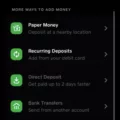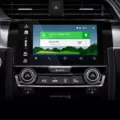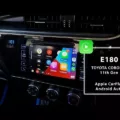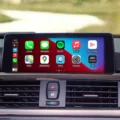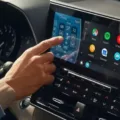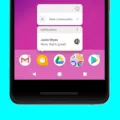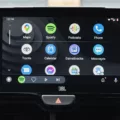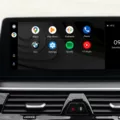If you’re experiencing issues with the Android Auto app not showing up on your car’s display, there are a few things you can check to troubleshoot the problem. First and foremost, it’s important to note that not all vehicles or aftermarket head units are compatible with Android Auto. Even if your car has a USB port, it doesn’t guarantee support for Android Auto.
To determine if your vehicle is compatible, you can refer to Google’s list of Android Auto-supported cars. This list will provide you with information on whether your specific vehicle is compatible with Android Auto. It’s worth noting that starting with Android 10, Android Auto is built into the phone itself, allowing it to connect to your car’s display without the need for a separate app.
If your car is compatible and you’re still experiencing issues, one possible solution is to download and install the Android Auto app from the Google Play Store. This app will allow you to connect your phone to your car’s display and use Android Auto. Simply search for “Android Auto” in the Play Store, download the app, and run it whenever you’re on the road.
It’s important to mention that as of now, Android Auto for Phone Screens has been discontinued by Google. This means that you can only use Android Auto on your in-car infotainment system and not on your phone. However, Google has introduced an alternative called Google Assistant driving mode, which provides similar functionality to Android Auto.
If you’re experiencing issues with the Android Auto app not showing on your car’s display, make sure to check if your vehicle is compatible with Android Auto. If it is, you can download the Android Auto app from the Google Play Store to connect your phone to your car’s display. Keep in mind that Android Auto for Phone Screens has been discontinued, but you can use Google Assistant driving mode as an alternative.
Why is Android Auto Not Showing Up?
There could be several reasons why Android Auto is not showing up on your car’s display. Here are some possible explanations:
1. Incompatible Vehicle: Android Auto requires a compatible vehicle or aftermarket head unit to work. Not all cars support Android Auto, so it’s important to check Google’s list of Android Auto-supported cars to see if your vehicle is included.
2. Outdated Software: Ensure that both your phone and car’s software are up to date. Android Auto may not work if either of them is running an outdated version.
3. USB Connection Issues: Android Auto relies on a USB connection between your phone and car’s display. Make sure you are using a high-quality USB cable that supports data transfer. Additionally, try connecting your phone to a different USB port in your car, as some ports may not be compatible with Android Auto.
4. USB Compatibility: Some cars have USB ports that are meant only for charging and may not support data transfer. If this is the case, Android Auto will not show up on your car’s display. Refer to your car’s manual or contact the manufacturer to verify if your USB port is compatible with Android Auto.
5. Phone Compatibility: Not all Android devices are compatible with Android Auto. Ensure that your phone meets the minimum requirements for Android Auto and is on Google’s list of supported devices.
6. App Permissions: Make sure that you have granted all the necessary permissions to the Android Auto app on your phone. Check the app settings and ensure that it has access to functions like phone, contacts, and messaging.
7. Bluetooth Connectivity: Android Auto may require a stable Bluetooth connection between your phone and car’s audio system. Ensure that Bluetooth is enabled on both devices and try pairing them again.
8. Regional Restrictions: Android Auto availability may vary by region. If you are traveling to a different country or region, it’s possible that Android Auto may not be supported there.
If you have checked all of the above and Android Auto is still not showing up, it might be helpful to consult your car’s manual or contact the manufacturer for further assistance.
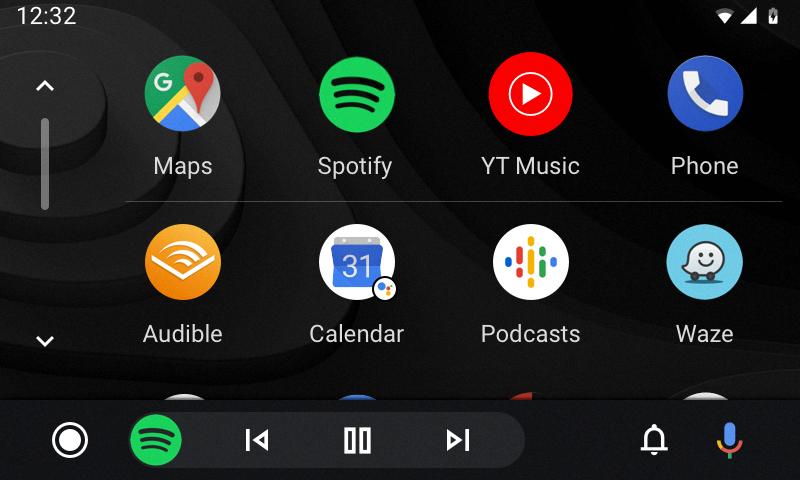
Why is There No App for Android Auto?
It is now built directly into the phone’s operating system. This integration allows your phone to connect to your car display without the need for an additional app installation. By eliminating the need for a separate app, it simplifies the user experience and ensures that all Android devices with Android 10 or higher have access to Android Auto functionality without any additional steps.
The integration of Android Auto into the operating system also allows for seamless updates and improvements to be delivered directly to the phone, ensuring that users have the latest features and bug fixes without having to rely on app updates from the Play Store. This integration further enhances the overall performance and reliability of Android Auto.
To use Android Auto with your car display, you simply need to connect your Android 10 or higher phone to your car’s USB port or wireless connection, and the Android Auto experience will automatically launch on the car display. This integration provides a consistent and intuitive user interface that is optimized for use while driving, allowing you to access navigation, music, messaging, and other apps in a safer and more convenient manner.
The absence of a separate app for Android Auto starting from Android 10 is due to the integration of this technology directly into the phone’s operating system. This integration simplifies the user experience, ensures consistent access to Android Auto for all Android devices with Android 10 or higher, and allows for seamless updates and improvements to be delivered to the phone.
Where is the Android Auto App?
The Android Auto app can be found and downloaded from the Google Play Store. To get the app on your device, follow these steps:
1. Open the Google Play Store on your Android device.
2. Search for “Android Auto” in the search bar at the top of the screen.
3. Tap on the app from the search results.
4. On the app’s page, tap the “Install” button.
5. Review the permissions requested by the app and tap “Accept” to continue with the installation.
6. Wait for the app to download and install on your device. This may take a few moments depending on your internet connection speed.
7. Once the installation is complete, you can find the Android Auto app in your app drawer or on your home screen.
8. Tap on the app’s icon to open it and start using Android Auto whenever you’re on the road.
Remember to keep the app updated by regularly checking for updates in the Google Play Store. Android Auto provides a seamless way to integrate your Android device with your car’s infotainment system, allowing you to access navigation, music, and other apps safely while driving.
Conclusion
If you’re experiencing the issue of Android Auto not showing on your car’s display, it’s important to remember that not all vehicles or aftermarket head units are compatible with Android Auto. Even if your car has a USB port, it doesn’t guarantee support for Android Auto. To check if your vehicle is supported, you can refer to Google’s list of Android Auto-compatible cars.
With the release of Android 10 and later versions, Android Auto is now built into the phone itself as a technology that enables your phone to connect to your car’s display. This means you no longer need to install a separate app from the Play Store to use Android Auto with your car display.
However, it’s worth noting that Android Auto for Phone Screens has been discontinued by Google, meaning that you can only use Android Auto on your in-car infotainment system and not on your phone. If you want to use Android Auto, you will need to download the Android Auto app from the Google Play Store and run it whenever you’re on the road.
It’s important to stay updated with the latest information and updates from Google regarding Android Auto. If you encounter any issues or have any questions, you can refer to their official support channels for assistance.
If Android Auto isn’t showing on your car’s display, make sure to check your vehicle’s compatibility, download the Android Auto app from the Google Play Store, and keep yourself informed about any updates or changes in the Android Auto ecosystem.

